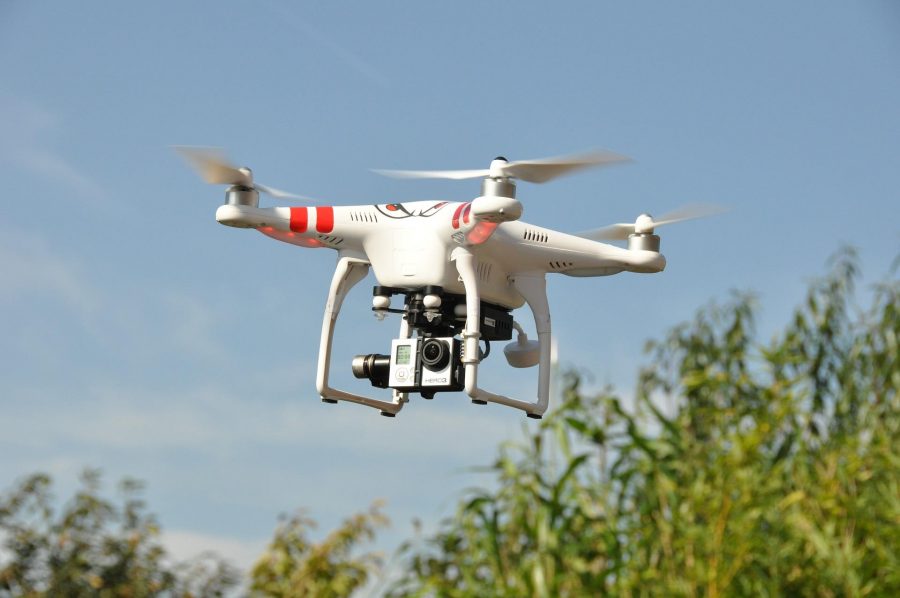With technology on the rise alongside debates surrounding Unmanned Aircraft Systems (UAS), the University of Utah has implemented a new drone policy on campus.
The concept of “Big Brother is watching you” can be taken to another level with the use of UAS or “drones.” These are personal aircraft that a pilot can navigate from the ground, frequently outfitted with cameras. Not only can this piloting be taken as an invasion of personal privacy, but a serious interference with the ongoing air trafficking that occurs on campus daily.
The U’s new policy states that, “The University of Utah campus is a high-traffic area, utilized by numerous entities including an extensive hospital network and emergency Air Med operations. As such, managing the use of Unmanned Aircraft Systems (UAS) on campus is a vitally important part of ensuring the safety of our campus community, as well as the patients and medical professionals who fly to and from campus sporadically each day, as emergency services dictate.”
This new UAS policy constitutes various rules and regulations to ensure the safety of the campus community. The U has taken upon itself the responsibility of overseeing aircrafts flying on and around campus.
Personal aircraft system operation requires the approval of campus stakeholders, which include the University Police Department and Air Med.
Off campus entities are allowed to operate UAS with a notification and approval of the flight in advance to departure. A flight request form is required as well as a licensed pilot with valid certification for manning the aircraft systems. The U has numerous licensed pilots who prefer to work as drone operators on campus. There is an hourly rate of $125 for university pilots and a request form must be submitted at least four hours in advance. The U has noted that there is no guarantee that a pilot will be available upon request.
If a department on campus wishes to fly a personal drone on campus, a university-provided pilot is preferred by the policy. If an individual meets the requirements to operate a drone on campus and fills out the proper forms and documentation, however, permission for individual flights will be granted on a case by case basis.
There are many rules and regulations one must abide in accordance with the Federal Aviation Administration (FAA). It is the pilot’s responsibility to be educated and informed on these requirements. As drones have become a popular item in society, many seem to be unaware of the responsibility that comes with flying a personal aircraft. For example, drones are not allowed to fly over Rice Eccles Stadium. The policy “Restricts the use of aircraft, including drones, within 3 nautical mile radius and 3,000 feet in altitude above events at stadiums with a capacity of more than 30,000 persons.”
These regulations, according to the U, are “a vitally important part of ensuring the safety of our campus community.”



Matthew • Aug 30, 2019 at 9:53 am
Flying drones in and around stadiums is prohibited starting one hour before and ending one hour after the scheduled time of any event